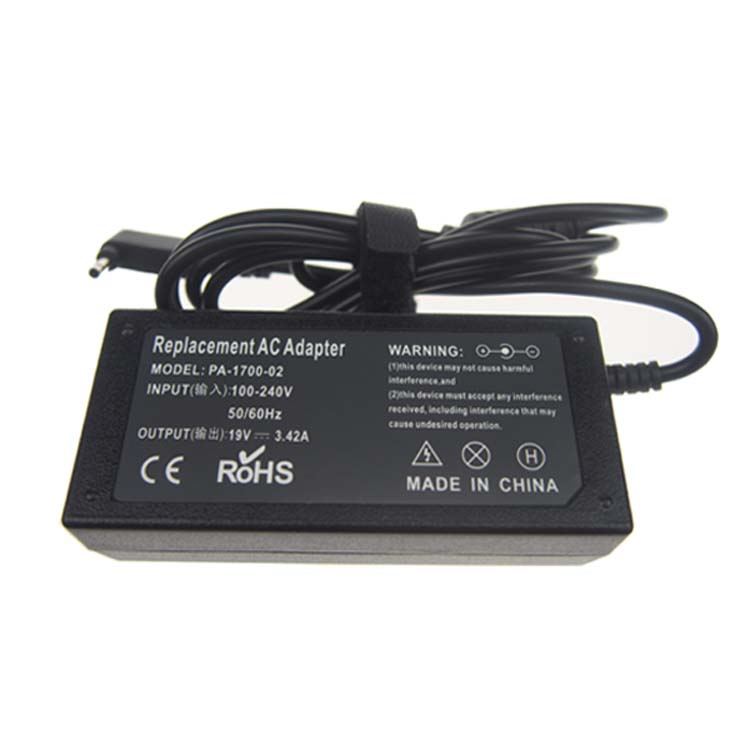Polymer materials are usually thermal insulators, but the researchers in the United States through the electropolymerization process to arrange the polymer fibers in a neat array to form a new thermal interface material, the thermal conductivity is 20 times higher than the original. The new material is reliable at temperatures up to 200 ° C and can be used in heat sinks to help dissipate heat from electronic devices in servers, automotive, and high-brightness LEDs. The research results were published in advance in the online edition of Nature Nanotechnology magazine.
As electronic devices become more powerful and smaller, the heat dissipation problem becomes more and more complicated. Engineers are always looking for better thermal interface materials to help electronic devices dissipate heat. Amorphous polymeric materials are poor conductors of heat because their disordered state limits the transfer of thermally conductive phonons. Although the thermal conductivity can be improved by creating a neatly arranged crystal structure in the polymer, these structures are formed by a fiber drawing process, which causes the material to be brittle.
Barattid Carla, assistant professor of mechanical engineering at George Woodruff, Georgia Institute of Technology, said the new thermal interface material is made from conjugated polymer polythiophenes, and its neat nanofiber array is beneficial for phonon transfer. Also avoids the brittleness of the material. The new material has a thermal conductivity of 4.4 watts/meter Kelvin at room temperature and has been tested for 80 cycles at 200 °C. The performance is still stable; in contrast, the thermal interface between the chip and the heat sink is commonly used. Solder materials can become unreliable when working at high temperatures during reflow.
The nanofiber array structure was fabricated in multiple steps: the researchers first applied the monomer-containing electrolyte to an alumina template with tiny pores and then applied an electrical potential to the template, and the electrodes in each pore attracted. Monomers begin to form hollow nanofibers. The length and wall thickness of the fibers are controlled by the amount of current applied and the time, and the diameter of the fibers is determined by the size of the pores, ranging from 18 nm to 300 nm. Conventional thermal interface materials have a thickness of from about 50 microns to about 75 microns, and new materials obtained in this manner can be as thin as 3 microns.
Carat said that the technology still needs further improvement, but he believes that production and commercialization can be expanded in the future. “Suchly such highly reliable materials are attractive for solving thermal problems. This material may eventually change the way we design electronic systems.â€
Edit: Cedar
Acer has a reputation as an economy range laptop brand which is designed with price competiveness in mind. so as a result, the demand for the Acer Laptop Charger is huge.
Acer Laptop Charger includes Acer Aspire charger series, Acer TravelMate charger series, Acer Chromebook charger series and so on. The common Acer laptop charger specification has 19V 3.16A 60W, 19V 3.42A 65W, 19V 4.74A 90W and 19V 7.9A 150W etc, and the dc tip has common 5.5*2.1mm, 5.5*2.5mm, 5.5*1.7mm and round 4 pin etc.
If your original Acer charger is not work anymore, please tell us your laptop model, we will help select the correct OEM replacement Acer Adapter for you. Our laptop adapter is with smart IC to protect your laptop with over current protection, over load protection, short circuit protection and over heat protection.



Acer Laptop Charger,Acer Computer Charger,Acer Notebook Charger,Acer Aspire Charger
Shenzhen Yidashun Technology Co., Ltd. , https://www.ydsadapter.com
